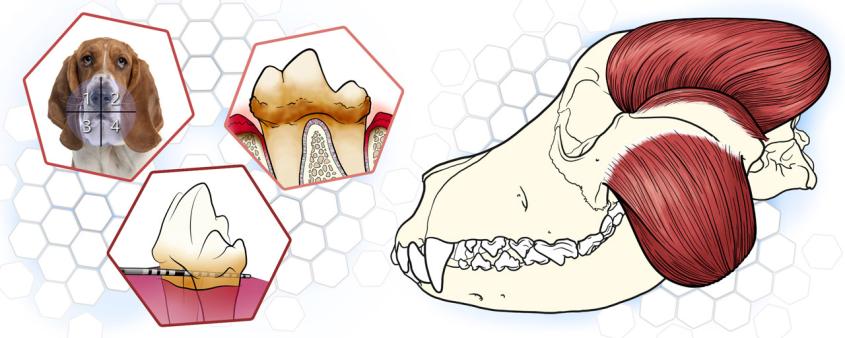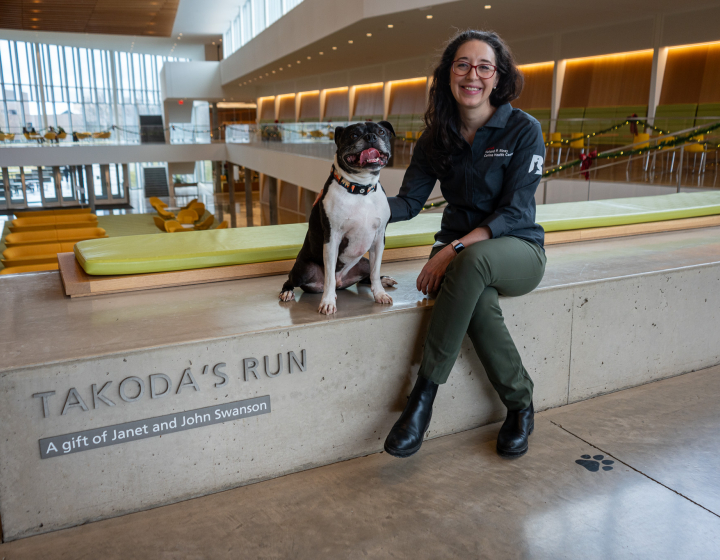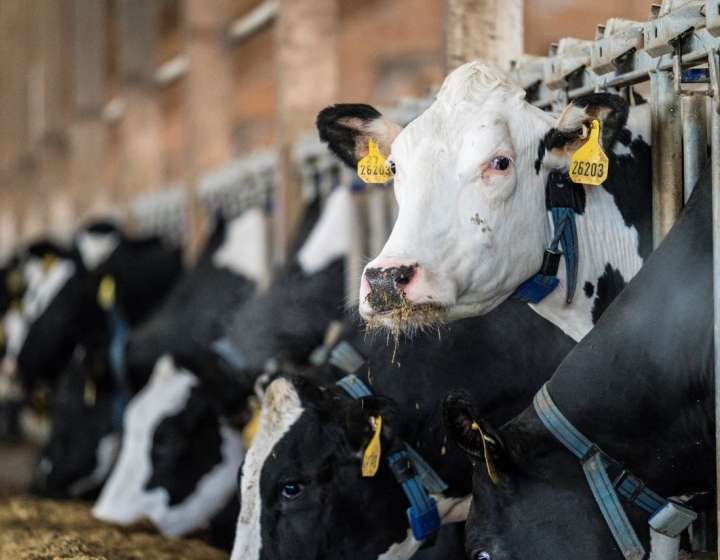Cornell launches new educational veterinary dentistry program
Veterinary dentistry experts from the Cornell University College of Veterinary Medicine have developed a new, comprehensive online curriculum now available to educators and professionals alike.
“We’re proud of this groundbreaking new collection of resources,” says Jodi Korich, D.V.M. ’97, associate dean for education. “Veterinary colleges can use these resources to augment their existing dentistry curricula, while practices can use them to support employee training to expand services in a rapidly growing field.”
The Veterinary Dentistry Diagnostics Program was created by the college’s Educational Support Services team, using in-house talent for video, medical illustration and design. It features course authors Dr. Nadine Fiani, associate clinical professor and section chief of dentistry and oral surgery, and Dr. Santiago Peralta, associate professor in dentistry and oral surgery, both at the Cornell University Hospital for Animals. The three-course program is hosted online by eCornell where it is available for external use.
“One of our primary goals was bolstering the field’s knowledge of veterinary dentistry, which has seen so much growth as a clinical discipline,” Fiani says.
“Our courses guide participants through the gold standard of dental care, using real cases that combine practical and conceptual knowledge,” Peralta adds.
Entirely self-paced and online, their program can be run in facilitator-led segments or as modules for students to complete on their own. It comprises three comprehensive courses. The first is “Conscious Oral Exam of the Dog and Cat,” which trains participants to maximize the amount of clinically useful information that can be collected during this type of exam. Second is “Intraoral Radiology in the Dog,” a guided tour through the most common radiographic equipment, as well as a review of normal radiographic anatomy, common pathological processes and more. The program concludes with “Oral Examination and Periodontal Charting in the Anesthetized Dog and Cat,” which covers probing and charting to ensure an accurate diagnosis, among other items.
“We hope that this program will offer an additional layer of instruction for students to meet core competencies in veterinary dentistry confidently,” Peralta says. The dentistry team also aimed to fill any gaps between theory and practice, applying theory and putting it into the context of actual patients. Participants engage with interactive 3D models, clinical photos, videos and more.
“We worked with a talented internal team of experts in instructional design, medical illustration and multimedia development to ensure that the program is not only appealing, but also a high-quality product that can be integrated into veterinary and technician curricula,” Fiani says.
“Dr. Fiani and Dr. Peralta have in-depth understanding of the knowledge and skills veterinarians need to be proficient in primary care dentistry, so anyone completing these courses can be assured it will be well worth their time and effort,” Korich says.
The program is now available for educators and professionals online. Individual learners can access the series via eCornell. For all others, please visit the program homepage for more information.
Written by Melanie Greaver Cordova





